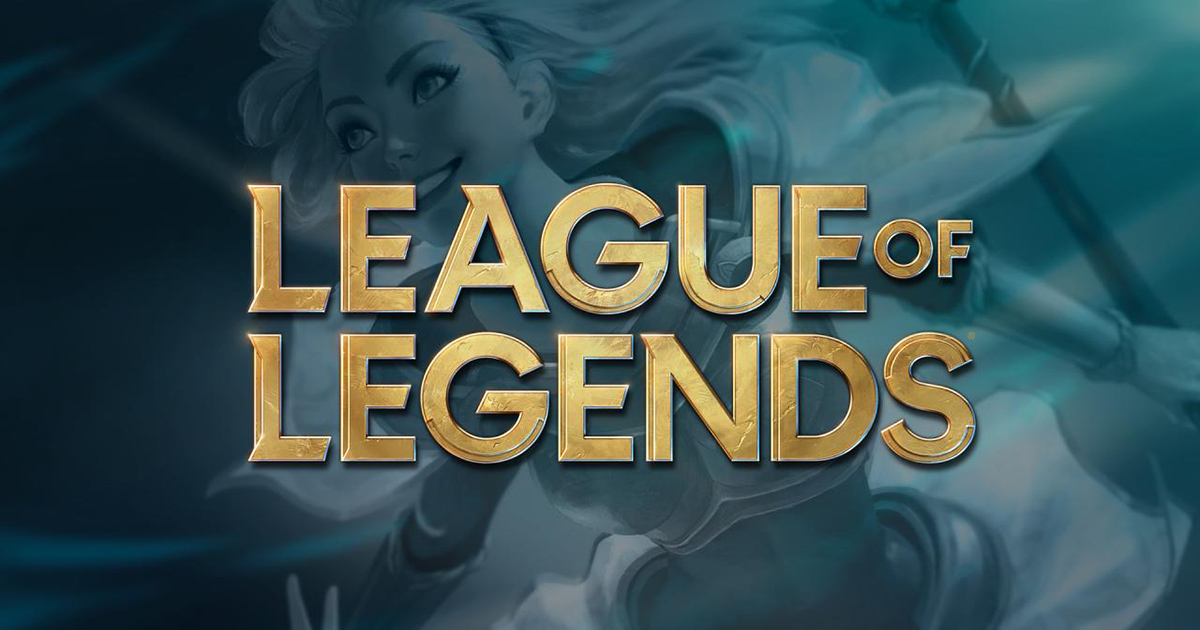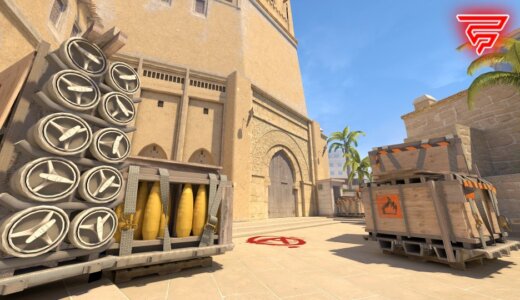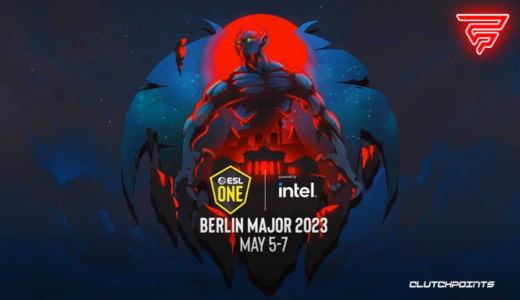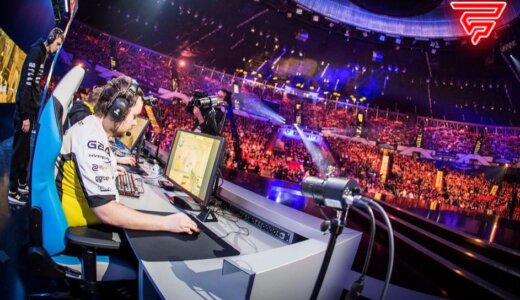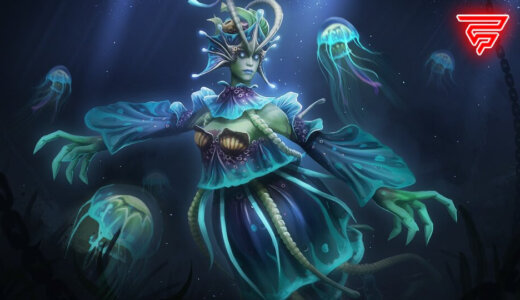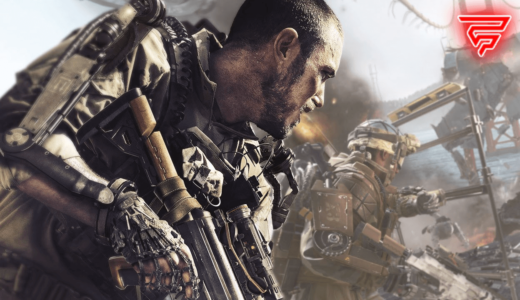League of Legends is a popular multiplayer online battle arena game that has been around since 2009. One of the most important aspects of the game is the lanes. There are three main lanes in League of Legends: top, mid, and bot. Each lane has its own unique characteristics, and understanding them is crucial to achieving victory in the game.
Top lane is the longest lane on the map, and it is usually where the tankiest champions go. This is because the lane is isolated from the rest of the map, making it difficult for the rest of the team to come to their aid. Top laners are often responsible for split pushing, which means pushing a lane while the rest of the team is pushing another lane. This can be a risky strategy, but it can also be very effective if done correctly.
Understanding the Concept of Lanes
In League of Legends, the map is divided into three main lanes: Top Lane, Mid Lane, and Bot Lane. Additionally, there is the Jungle, an unorthodox lane of its own. Each lane has its own unique features and requirements for the champions that play in it.
Top Lane
The Top Lane is located in the upper section of the map and is considered the most isolated lane. It is the longest lane and is typically where tanks and bruisers play. The champions in this lane are expected to be able to sustain a lot of damage and have the ability to engage in prolonged fights.
Mid Lane
The Mid Lane is located in the middle of the map and is the shortest lane. It is typically where mages and assassins play. The champions in this lane are expected to have high burst damage and the ability to roam to other lanes to help secure kills.
Bot Lane
The Bot Lane is located in the lower section of the map and is typically where marksmen and supports play. It is the only lane with two champions on each team, and the champions in this lane are expected to have high damage output and the ability to control the map through vision.
Jungle
The Jungle is the area between the lanes, and it is typically where the Jungler plays. The Jungler’s role is to clear the jungle camps and gank the other lanes to help secure kills and objectives. The Jungler is also responsible for controlling the neutral objectives such as the Dragon and Baron.
Understanding the concept of lanes is crucial in League of Legends as it allows players to choose a champion that fits the requirements of the lane they want to play. It also helps players understand the strengths and weaknesses of their opponents and how to play against them.
The Three Main Lanes
In League of Legends, there are three main lanes that players can choose to play on. Each lane has its own unique characteristics and is crucial to achieving victory in the game.
Top Lane
The top lane is the longest lane on the map, and it is usually where the tankiest champions go. This lane is known for its isolation from the rest of the map, as it is farthest away from the other lanes. Because of this, champions who can survive on their own and have good sustain are often played in the top lane.
Top laners are responsible for controlling the top side of the map, including the Rift Herald and Baron Nashor objectives. They also need to be able to hold their own in a 1v1 situation, as they are often left alone for long periods of time.
Middle Lane
The middle lane, also known as the mid lane, is the shortest lane on the map. It is usually where mages and assassins are played, as they rely on their abilities to deal damage rather than their basic attacks.
The mid laner is responsible for controlling the center of the map and helping to secure the dragon objective. They also need to be able to roam to other lanes and help their teammates when necessary.
Bottom Lane
The bottom lane, also known as the bot lane, is where the marksman and support champions are played. The marksman is responsible for dealing the majority of the team’s damage in team fights, while the support is responsible for keeping the marksman alive and providing utility for the team.
The bottom lane is also where the dragon objective is located, so the marksman and support need to work together to secure it. In addition, the bottom lane is where the majority of the action takes place early in the game, as both teams often send their bot lane duo to this lane.
Overall, understanding the strengths and weaknesses of each lane is crucial to achieving victory in League of Legends. Players need to be able to adapt to different situations and playstyles in order to succeed.
Jungle Area
The Jungle Area is the unorthodox lane of Summoner’s Rift. It is located in between the three main lanes and is home to neutral monsters that grant gold and experience to players who defeat them. The Jungle Area is typically assigned to a specific player, known as the Jungler, who is responsible for securing neutral objectives, assisting their teammates, and controlling the area.
Jungle Monsters
There are several types of Jungle Monsters in the Jungle Area, each with their own unique abilities and rewards. Some of the most common Jungle Monsters include:
- Gromp: A large, toad-like creature that deals magic damage and grants gold and experience when defeated.
- Blue Sentinel: A powerful monster that grants the Blue Buff when defeated, which reduces ability cooldowns and increases mana regeneration.
- Red Brambleback: Another powerful monster that grants the Red Buff when defeated, which deals bonus true damage and slows enemies with basic attacks.
- Dragon: A massive monster that spawns in the Dragon Pit and grants global gold and experience to the entire team when defeated. The type of Dragon that spawns varies throughout the game and can provide different bonuses to the team that kills it.
- Baron Nashor: The most powerful monster in the Jungle Area, Baron Nashor spawns in the Baron Pit and grants a powerful buff to the team that kills it. The buff provides increased attack damage and ability power, as well as enhanced recall and increased movement speed.
Jungle Buffs
In addition to the gold and experience granted by Jungle Monsters, the Jungle Area also contains several powerful buffs that can be obtained by defeating specific monsters. These buffs can provide significant advantages to the player who obtains them and can be a key factor in winning the game. Some of the most common Jungle Buffs include:
- Blue Buff: Obtained by defeating the Blue Sentinel, the Blue Buff reduces ability cooldowns and increases mana regeneration for the player who obtains it. This buff is especially useful for champions who rely heavily on their abilities, such as mages and assassins.
- Red Buff: Obtained by defeating the Red Brambleback, the Red Buff deals bonus true damage and slows enemies with basic attacks for the player who obtains it. This buff is especially useful for champions who rely heavily on basic attacks, such as marksmen and fighters.
- Elder Dragon Buff: Obtained by defeating the Elder Dragon, the Elder Dragon Buff provides a powerful damage boost against enemies with Dragon Slayer buffs and turrets. This buff is especially useful for teams who are looking to push down enemy structures and secure objectives.
- Baron Buff: Obtained by defeating Baron Nashor, the Baron Buff provides increased attack damage and ability power, as well as enhanced recall and increased movement speed for the team that obtains it. This buff is especially useful for teams who are looking to teamfight and push down enemy structures.
Role of Lanes in Game Strategy
Lanes are an essential aspect of the game strategy in League of Legends. Each lane has its own unique characteristics, and understanding them is crucial to achieving victory in the game. In this section, we will discuss the role of lanes in the early game, mid-game, and late game.
Early Game
In the early game, the primary objective is to gain an advantage over the enemy team. Each lane has a specific role to play in achieving this objective. The top lane is usually where the tankiest champions go, and they focus on farming and building up their defenses. The mid lane is where the champions with high damage output go, and they focus on harassing their opponents and pushing the lane. The bot lane is where the AD Carry and Support champions go, and they focus on farming and building up their AD Carry’s damage output.
Mid Game
In the mid-game, the objective is to push the lanes and take down the enemy’s towers. Each lane plays a critical role in achieving this objective. The top lane champions focus on split pushing and taking down towers. The mid lane champions focus on roaming and ganking other lanes to secure kills and take down towers. The bot lane champions focus on taking down the enemy’s bot lane tower and securing objectives such as Dragon.
Late Game
In the late game, the objective is to win team fights and take down the enemy’s nexus. Each lane plays a crucial role in achieving this objective. The top lane champions focus on being the tank and initiating team fights. The mid lane champions focus on dealing high damage to the enemy team. The bot lane champions focus on dealing damage to the enemy team while also protecting their AD Carry.
In conclusion, understanding the role of lanes in the game strategy is crucial to achieving victory in League of Legends. Each lane has its own unique characteristics and plays a critical role in the early game, mid-game, and late game. By understanding these roles, players can work together as a team and secure victory over their opponents.
Lane Meta and Champion Choices
When it comes to League of Legends, choosing the right champion for your lane is crucial to your success. Each lane has its own unique meta, and understanding which champions are strong in each lane can give you a significant advantage over your opponents.
Top Lane Champions
Top lane champions are typically tanky bruisers or fighters who can hold their own in a 1v1 fight. Some popular top lane champions include Garen, Darius, and Renekton. These champions have high sustain and damage output, making them difficult to take down.
However, top lane champions can also be vulnerable to ganks from the enemy jungler. It’s important to keep an eye on the minimap and ward frequently to avoid getting caught out.
Middle Lane Champions
Middle lane champions are typically mages or assassins who deal high burst damage. Some popular middle lane champions include Zed, LeBlanc, and Syndra. These champions have high mobility and can quickly take down enemy champions.
However, middle lane champions can also be vulnerable to ganks from the enemy jungler. It’s important to keep an eye on the minimap and ward frequently to avoid getting caught out.
Bottom Lane Champions
Bottom lane champions are typically marksmen or supports who work together to take down enemy champions. Some popular marksmen include Jinx, Vayne, and Tristana. Some popular supports include Thresh, Janna, and Soraka. These champions have high damage output and can quickly take down enemy champions.
However, bottom lane champions can also be vulnerable to ganks from the enemy jungler. It’s important to keep an eye on the minimap and ward frequently to avoid getting caught out.
Jungle Champions
Jungle champions are typically fighters or tanks who roam the map and help their teammates by ganking enemy champions. Some popular jungle champions include Lee Sin, Elise, and Kha’Zix. These champions have high mobility and can quickly move around the map.
However, jungle champions can also be vulnerable to counter-jungling from the enemy jungler. It’s important to keep an eye on the minimap and ward frequently to avoid getting caught out.
Overall, understanding the meta and champion choices for each lane is crucial to your success in League of Legends. By choosing the right champion for your lane and playing to their strengths, you can gain a significant advantage over your opponents.
Understanding Lane Control
Lane control is a crucial aspect of League of Legends gameplay. It refers to a team’s ability to gain an advantage over their opponents through the manipulation of minion waves. In this section, we will discuss the different techniques used to control lanes effectively.
Warding
Warding is the act of placing vision wards or control wards in strategic locations to gain vision of the map. In lane, warding can be used to prevent ganks, track the enemy jungler, and gain information on the enemy laner’s movements. By having vision of the enemy, a player can make informed decisions on when to push, freeze, or roam.
Zoning
Zoning is the act of controlling an area of the lane to deny the enemy laner access to it. This is achieved by positioning aggressively and using abilities to harass the enemy laner. Zoning can be used to deny the enemy laner farm, experience, and gold. However, zoning requires careful positioning and awareness of the enemy jungler’s location.
Freezing
Freezing is the act of maintaining a minion wave in a specific position to deny the enemy laner farm and experience. This is achieved by only last hitting minions and allowing the enemy wave to push towards the player’s turret. Freezing can be used to set up ganks, deny the enemy laner gold and experience, and force the enemy jungler to focus on the top lane.
Pushing
Pushing is the act of aggressively clearing minion waves to pressure the enemy laner and take down their turret. This is achieved by using abilities to clear waves quickly and positioning aggressively to deny the enemy laner farm and experience. Pushing can be used to take down turrets, force the enemy jungler to focus on the top lane, and set up roams to other lanes.
In conclusion, understanding lane control is essential to achieving victory in League of Legends. By mastering the techniques discussed in this section, players can gain an advantage over their opponents and secure objectives.
Changing Lanes: Roaming and Teleporting
In League of Legends, players are not confined to their designated lanes. Instead, they have the option to roam and teleport to other lanes to help their teammates or secure objectives.
Roaming is when a player moves from their lane to another lane to help their teammates or secure objectives. It is an essential strategy that can turn the tide of a game. Every champion and role can roam, but some will find more success than others. The key to successful roaming is to push the wave in your lane, keep an eye on dragons or skirmishes in the bot lane, and be ready to teleport in.
Teleporting is a Summoner Spell that allows players to teleport to a friendly unit, structure, or ward. It is a powerful tool that can be used to quickly move across the map and secure objectives or help teammates. However, it has a long cooldown of 360 seconds (6 minutes) and should be used strategically.
Junglers are the masters of roaming as they are naturally inclined to move across the map at all stages of the game. They can gank lanes, secure objectives, and provide vision for their team. Top laners can also benefit from teleporting to other lanes to help their teammates or secure objectives. Mid laners and bot laners can roam to other lanes, but it is riskier as they may lose out on experience and gold.
In Season 11, Teleport underwent changes that made it more advantageous in the early levels but had a longer cooldown in the mid to late game. Players should use Teleport strategically and communicate with their team to ensure its effectiveness.
Conclusion
In conclusion, understanding the different lanes in League of Legends is crucial for players who want to improve their gameplay. Each lane has its own unique characteristics, advantages, and disadvantages, and players must learn how to adapt to each situation.
Players should also focus on gaining lane priority to control the flow of the game and secure objectives. Lane priority refers to the ability of a player or team to gain control over their respective lanes, allowing them to exert pressure, make strategic plays, and secure crucial objectives.
Knowing the weaknesses of each lane can also help players to better understand the game and their opponents. For example, the top lane is often susceptible to ganks, while the bot lane is more vulnerable to poke and harass.
In addition, players should keep in mind that the meta is constantly changing, and champions that were once strong in a particular lane may no longer be viable. Keeping up with the latest patch notes and tier lists can help players to stay ahead of the game and make informed decisions about their champion picks and strategies.
Overall, mastering the different lanes in League of Legends takes time, practice, and a willingness to learn and adapt. With the right mindset and approach, players can improve their skills and climb the ranks to become top-tier players.
Frequently Asked Questions
What are the different roles in League of Legends?
There are five main roles in League of Legends: top laner, mid laner, bot laner (AD carry), support, and jungler. Each role has its own unique responsibilities and playstyle. Top laners are typically bruisers or tanks who can withstand a lot of damage and disrupt the enemy team. Mid laners are often mages or assassins who deal a lot of burst damage. Bot laners consist of an AD carry and support duo who work together to deal damage and protect the AD carry. Junglers roam the map and help their team secure objectives and gank enemy lanes.
How do players decide which lane to take in League of Legends?
Players typically choose a lane based on their preferred playstyle and champion pool. Some players may prefer to play a specific role or champion, while others may fill based on their team’s needs. Communication with teammates during champion select is important to ensure a balanced team composition.
What is the importance of laning in League of Legends?
Laning is crucial in League of Legends as it sets the foundation for the rest of the game. A strong laning phase can provide a gold and experience advantage, making it easier to take objectives and win team fights later on. Conversely, falling behind in lane can make it difficult to catch up and contribute to the team.
What are some common strategies for each lane in League of Legends?
Top laners often focus on split pushing and drawing enemy attention away from other objectives. Mid laners may roam to other lanes to secure kills and help their team gain a lead. Bot laners typically prioritize farming and taking objectives such as dragon and rift herald. Supports focus on protecting their team and setting up kills for their allies. Junglers aim to secure objectives, gank lanes, and control the map.
Which champions are best suited for each lane in League of Legends?
There is no one-size-fits-all answer to this question as it depends on the current meta and individual player preferences. However, some champions are more commonly played in certain roles than others. For example, tanks and bruisers are often played in the top lane, while mages and assassins are commonly played in the mid lane.
How does the meta affect lane choices in League of Legends?
The meta, or the current state of the game and popular strategies, can heavily influence lane choices in League of Legends. For example, if tanks are strong in the current meta, top laners may prioritize playing tank champions. Additionally, certain champions may fall in or out of favor depending on changes to the game or shifts in the meta.
